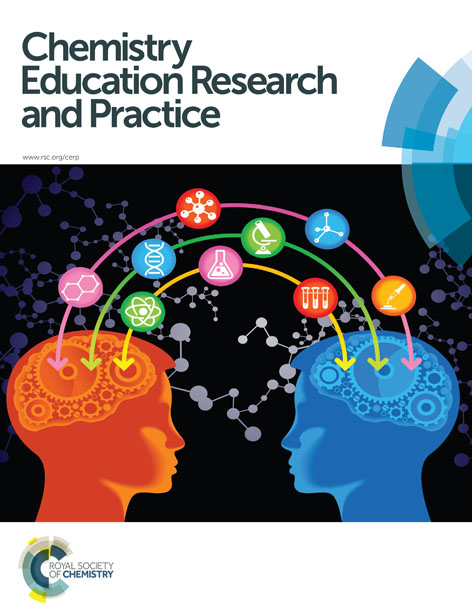Use of representation mapping to capture abstraction in problem solving in different courses in chemistry
Abstract
A perspective is presented on how the representation mapping framework by Hahn and Chater (1998) may be used to characterize reasoning during problem solving in chemistry. To provide examples for testing the framework, an exploratory study was conducted with students and professors from three different courses in the middle of the undergraduate chemistry curriculum. Each participant's reasoning while solving exam problems was characterized by comparing the stored knowledge representation used as a resource and the new instance representation associated with the problem being solved. Doing so required consideration of two ways in which abstraction occurs: abstractness of representations, and abstracting while using representations. The representation mapping framework facilitates comparison of the representations and how they were used. This resulted in characterization of reasoning as memory-bank or rule-based (rules processes), or similarity-based or prototype (similarity processes). Rules processes were observed in all three courses. Similarity-based reasoning seldom occurred in students, but was common to all of the professors’ problem solving, though with higher abstractness than in students. Examples from the data illustrate how representation mapping can be used to examine abstraction in problem solving across different kinds of problems and in participants with different levels of expertise. Such utility could permit identifying barriers to abstraction capacity and may facilitate faculty assessment development.

 Please wait while we load your content...
Please wait while we load your content...